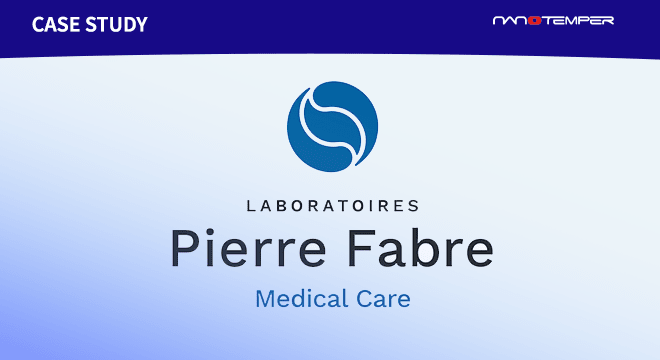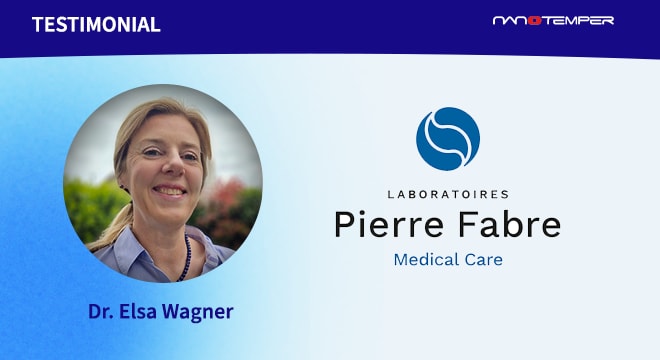Gene therapy—a type of DNA-based medicine that utilizes a virus to insert a healthy gene into cells to replace a mutated, disease-causing variant has emerged as one of the most promising medical treatments. While great advances and successfully launched treatments are available, there is still a lot of work that needs to be done to better characterize and further optimize viral vectors.
We share examples of using Prometheus to precisely monitor and distinguish unfolding and aggregation behavior of different adeno-associated virus (AAV) serotypes. We will show how concentration, buffer formulation and various stresses influence the stability of viral particles. Together, these results enable scientists to screen, identify, characterize and select the top AAV candidates that can be developed into novel gene therapies with the greatest potency and highest efficacy.























